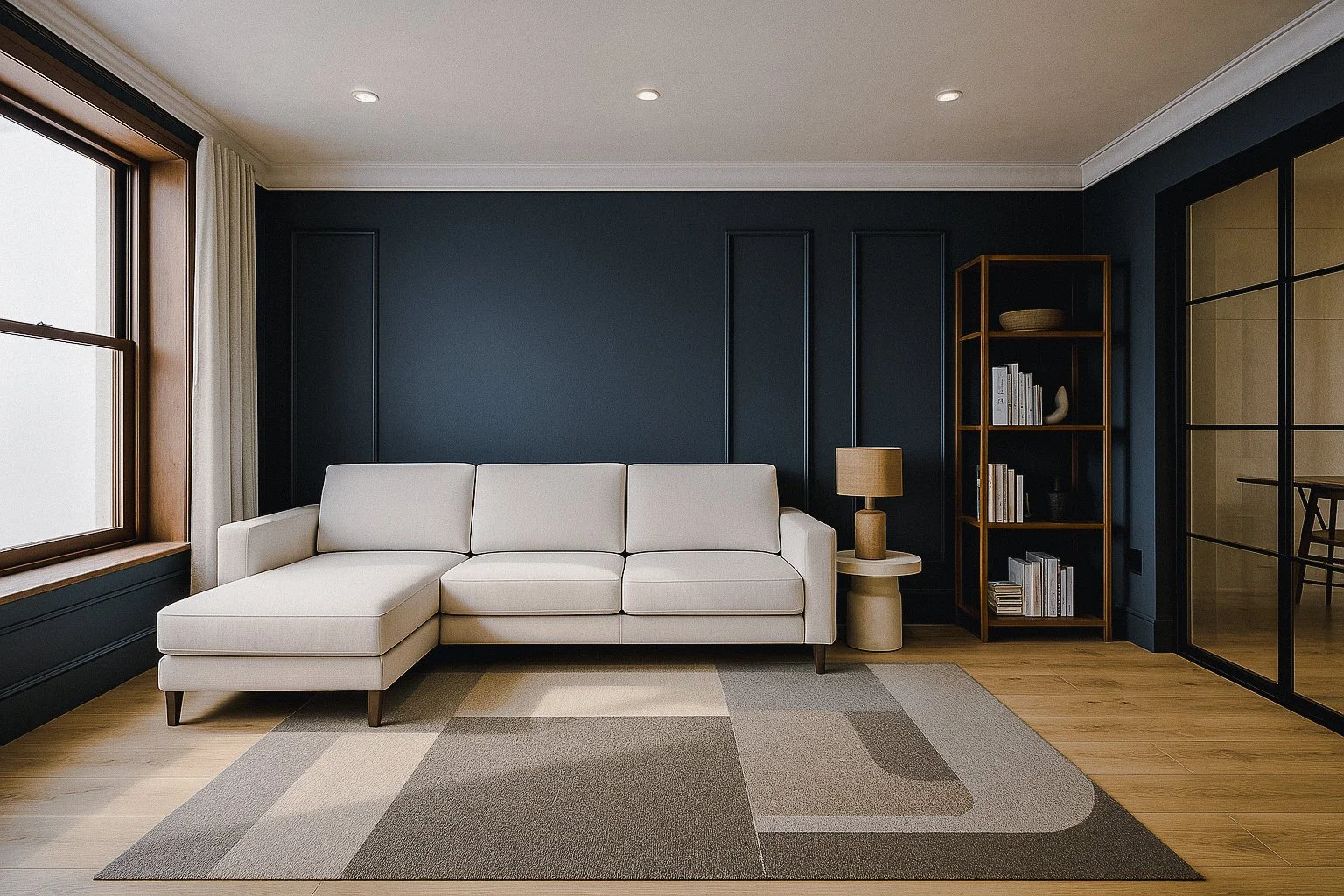The Application of Building Information Modelling in Irish Heritage Architecture: Refurbishment, Conservation, and Alterations
Respecting the Past, Building the Future: Our Innovative Approach to BIM for Heritage Projects
Ireland’s architectural heritage is an invaluable public asset, embodying our collective memory, identity, and history. The stewardship of these buildingsthrough refurbishment, conservation, and sympathetic alteration is a profound responsibility. In a field traditionally reliant on manual techniques, the shift towards digital methodologies like Building Information Modelling (BIM) offers a transformative way to protect this legacy for future generations.
However, applying a tool designed for new constructions to the unique, often irregular, and complex nature of historic structures presents a significant challenge. At David Williams & Co Architects, we have embraced this challenge, developing a sophisticated and robust approach to Heritage BIM (HBIM) that delivers clarity, efficiency, and outstanding outcomes for the most sensitive projects.
Our Philosophy: "Build it Twice" for Certainty and Precision
Our commitment to innovation is clear and direct: Every project is developed in BIM. This policy is not just about using the latest software; it's about a fundamental belief in a better process. For heritage projects, this is encapsulated in our core philosophy: we build the building twice - once digitally and once on-site.
This digital rehearsal allows us to meticulously review the buildability, coordination, and efficiency of a design before committing to physical work on a real-life heritage asset. By creating a precise digital twin of the existing structure and virtually constructing the proposed alterations, we can identify and resolve potential clashes, complexities, and risks in the digital realm.
This process is underpinned by a rigorous, quality-assured methodology. All our BIM projects are developed in accordance with the ISO 19650 series of international standards, ensuring appropriate information exchange protocols are in place from day one. This provides our clients and collaborators with a structured, transparent, and reliable framework.
BIM in Action: Our Heritage Projects
A key example is our work on the feasibility study for the Blennerville Windmill Visitor Centre. This ambitious project involves the reuse, adaptation and extension of an existing underused building at a site of significant local history. Our "build it twice" philosophy is perfectly suited to this challenge. It allows us to:
Virtually integrate the proposed new elements including a museum, event spaces, co-working facilities, and a new bakery - with the historic fabric of the windmill complex.
Analyse and plan for crucial "sustainable upgrades" to improve the building's performance while respecting its character.
Mitigate risk by foreseeing how new structures will interact with the old, ensuring a seamless and respectful integration.
Dialogue Between Past and Present
This same principle applies to our other work involving historic contexts, such as designing a new mews house at the rear of an existing Victorian Protected Structure in Dublin 6. Our goal here is to create a respectful dialogue between the past and present. BIM is the critical tool that enables this conversation. By precisely modelling the existing protected structure and the new intervention, we can test and refine the relationship between old and new, ensuring our contemporary designs enhance and complement their historic settings.
The Tangible Benefits for Your Heritage Project
Adopting a sophisticated BIM workflow for heritage projects delivers significant, measurable benefits for our clients:
Significantly Reduced Risk: Our approach helps produce better coordinated information at an early stage, and significantly reduce risk of delays and additional costs. Identifying issues digitally is always more efficient than discovering them on-site.
Enhanced Collaboration: BIM provides a single source of truth for the entire project team, including architects, engineers, conservation specialists, and contractors. This supports our highly collaborative approach and ensures all stakeholders are working from consistent, up-to-date information.
Unparalleled Accuracy: Using advanced techniques like laser scanning to create our digital models (the "scan-to-BIM" process), we establish an exceptionally reliable and precise as-built record before design work even begins.
Sustainable Outcomes: BIM is integral to achieving our Sustainable Impact value. It allows us to analyse and optimise the energy performance of refurbished buildings and design for future flexibility and adaptability, ensuring these cherished buildings have a long and viable life.
Partner with Innovators in Heritage Architecture
The conservation and adaptation of Ireland’s built heritage demand a deep respect for the past combined with the most advanced tools of the present. At David Williams & Co Architects, we have demonstrated a proven capacity to bridge this gap, using our innovative and rigorous BIM process to deliver efficiency, reduce risk, and realise our clients' ambitions.
If you are stewarding a heritage asset and planning a refurbishment, conservation, or alteration project, our expert team is ready to help. Contact us to learn how our BIM-enabled process can bring clarity and confidence to your vision.



